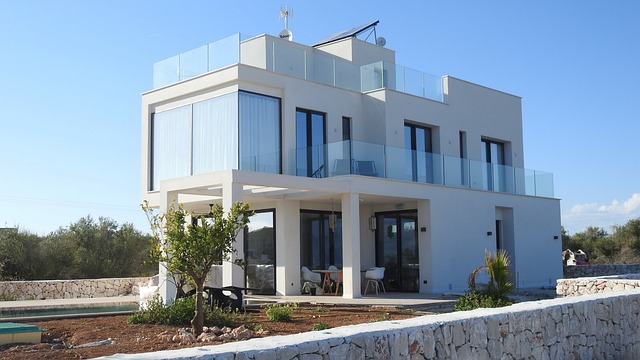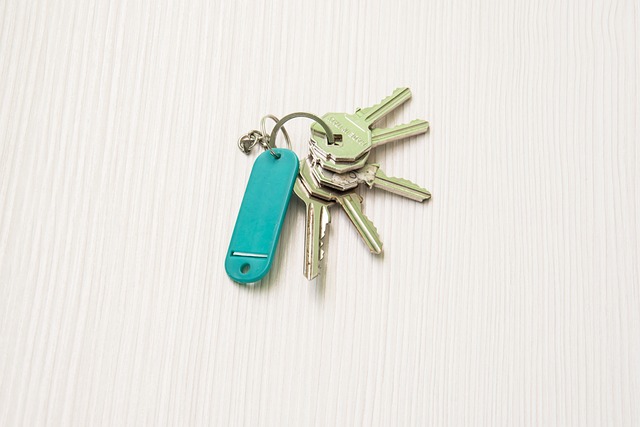navigator’s guide through the dynamic landscape of Executive Condo (EC) construction, this article delves into the latest updates and requirements shaping these residential developments. From the evolution of EC guidelines to the meticulous land bidding process, we explore every facet of the application and development journey. Architectural excellence and sustainable practices are at the forefront, ensuring modern ECs not only meet but exceed living standards. Join us as we chart the progression from groundbreaking to handover, providing insight into the completion of these homes tailored for young families in Singapore.
- Understanding the Evolution of Executive Condo (EC) Guidelines
- The Application Process for Executive Condo Development: An Overview
- Site Selection and Land Bidding for New Executive Condos
- Architectural Designs and Amenities in Modern Executive Condos
- Sustainable Building Practices in Executive Condo Construction
- Completion and Handover: The Final Steps in Executive Condo Development
Understanding the Evolution of Executive Condo (EC) Guidelines

The Application Process for Executive Condo Development: An Overview

Prospective developers interested in embarking on an Executive Condo (EC) development project must navigate a structured application process that adheres to the specific requirements set forth by the relevant authorities. The application for an EC site is distinct from that of a standard condominium; it necessitates meeting the criteria for Singaporean citizenship and the Miscellaneous Application for Allotment of Land (Malay: Permohonan Tanah Bertahan Berciri-ciri; Chinese: 多用途土地申请表). The Housing & Development Board (HDB) oversees this process, ensuring that applicants satisfy the Executive Condo Requirement, which includes stipulations such as a minimum land size and a maximum lease duration.
Applicants must demonstrate compliance with the EC scheme’s conditions, which mandate that at least 90% of the units in an EC development are owned and occupied by Singaporean families within five years from the date of the Temporary Occupation Permit (TOP). The application process involves submitting a comprehensive proposal, including detailed plans for the development, to the HDB. This proposal undergoes a rigorous evaluation against various criteria, such as suitability of design, projected market demand, and the financial capacity of the applicant. Successful candidates receive approval to proceed with the construction, subject to adherence to the stipulated Executive Condo Requirement throughout the project lifecycle.
Site Selection and Land Bidding for New Executive Condos

Site selection for new Executive Condos (ECs) in Singapore is a meticulous process guided by the Housing & Development Board (HDB). The choice of location is pivotal, taking into account the demographic needs and preferences of potential residents. Proximity to essential amenities like shopping centers, schools, and transport nodes is prioritized to enhance the living experience for future occupants. The land bidding process is another critical component in the development of new ECs. Developers participate in a competitive bidding scenario, where they submit offers based on the land parcel’s potential. The Executive Condo Requirement specifies the criteria for eligibility and other conditions that developers must meet to secure the land. These include the percentage of units that must be resaleable after a certain period, which caters to the needs of upgrading eligible current owners. The successful bid is one that aligns with both the HDB’s guidelines and the market demand, ensuring that the project will cater to the middle-income group effectively upon completion.
Architectural Designs and Amenities in Modern Executive Condos

Sustainable Building Practices in Executive Condo Construction

2023 has seen a significant shift in the executive condo construction sector, with an emphasis on sustainable building practices that align with the Executive Condo Requirement. Developers are now incorporating green technologies and materials to minimize environmental impact, conserve resources, and ensure energy efficiency throughout the lifecycle of these residential units. Innovative design approaches, such as optimizing natural light exposure, enhancing insulation properties, and integrating smart home systems for better energy management, are becoming the norm. These sustainable practices not only contribute to reducing the carbon footprint but also offer long-term cost savings and a healthier living environment for residents. The adoption of these eco-friendly measures is both a response to regulatory pressures and a reflection of a growing consumer demand for sustainable housing options. As a result, the Executive Condo Requirement is driving the industry to evolve, prioritizing sustainability without compromising on quality or design. This transition towards greener construction methods ensures that executive condos remain at the forefront of modern living, providing residents with homes that are not only stylish and functional but also environmentally responsible.
Completion and Handover: The Final Steps in Executive Condo Development

